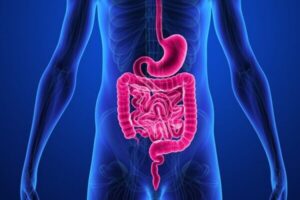We have a 4½-year-old daughter with Noonan’s Syndrome who is currently PEG fed. She’s happy to play with food and sits with us when we’re having meals. I just wondered what the range is that’s normal for Noonan kids who are not eating to start, and ask if there are any tips that may help them towards eating. Her gene change is K-Ras.
Of the K-Ras patients we’ve met across the years, they have had more prolonged and more severe feeding difficulties than is typical for Noonan Syndrome. I don’t know if that’s something that’s been obvious to you for a while from your meetings with professionals, but some people with K-Ras gene changes have been described originally on a clinical basis as having CFC syndrome and the need for PEG feeding would push you towards a diagnosis of CFC. It is unsurprising to me to hear that it’s K-Ras that she might have because we have seen other people with K-Ras changes who have need a PEG for four to six years. If we look at the example of Costello Syndrome where nearly everybody ends up with a PEG, it’s very unusual in Costello Syndrome not to be feeding by age eight. I’ve only ever met one patient out of say seventy or so who wasn’t feeding at age ten, so it’s a question of expectant optimism, even though it’s quite hard to understand, we don’t know why feeding is such as issue. It’s worth saying that a lot of parents will have experienced some feeding difficulties but not on this scale, and there are some useful tips from speech and language therapists about trying to encourage certain flavours to help get over the tongue thrusting that’s very difficult in the early stages, and we certainly have had sessions in previous meetings on feeding difficulties so it’s maybe something to think about for other meetings in the future.


